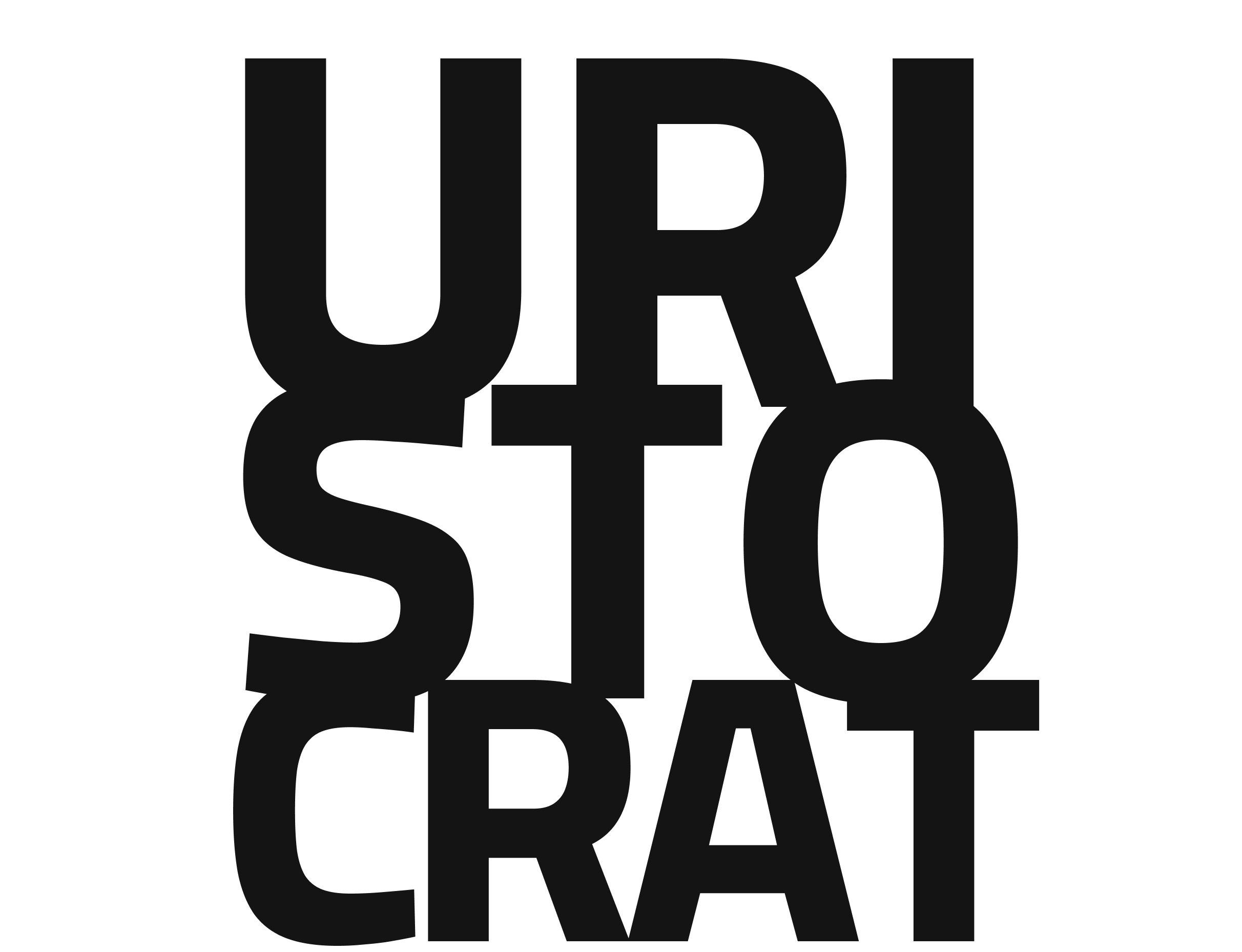Trump's 401k Alternative Assets Order: What It Means for Your Retirement Strategy

Key Takeaways
- President Trump signed an executive order Thursday allowing 401(k) investors to access cryptocurrencies, private equity, real estate, and other alternative assets previously restricted to wealthy investors
- The order directs the Labor Department to reevaluate fiduciary guidance within six months and instructs the SEC to revise regulations facilitating access to alternative assets
- Private equity firms typically charge 2% management fees plus 20% of profits, significantly higher than the 0.51% average for ETFs
- Plan administrators may still hesitate due to high fees, long investment horizons, redemption restrictions, and transparency concerns
- Major asset managers like BlackRock are already launching target-date funds with 5-20% alternative asset allocations for 2026
Understanding the Shift
The executive order affects over 90 million Americans participating in employer-sponsored defined-contribution plans, who were previously restricted from investing in alternative assets, unlike wealthy investors and government retirement plans. This represents a fundamental realignment of the capital markets, potentially democratizing access to investments that have historically delivered higher returns for institutional investors.
The move comes as the private equity sector seeks access to the $12 trillion defined-contribution market after shrinking for the first time in decades. While defined benefit pensions have allocated 23% of portfolios to private markets since the 1970s and achieved higher average returns than defined-contribution plans, individual retirement savers have been largely excluded from these opportunities.
Strategic Considerations for Uristocrats
Diversification Opportunities: Alternative assets like private equity, real estate, and digital assets offer competitive returns and diversification benefits, with BlackRock's Larry Fink noting that "private assets like real estate and infrastructure can lift returns and protect investors during market downturns". Urban Institute modeling shows that adding limited private equity allocations to retirement accounts would likely increase average returns and account balances.
Risk Assessment: However, these investments carry significant risks. A Johns Hopkins study questioned the suitability of private equity for 401(k) plans, noting that funds can remain illiquid for 10-12 years while collecting fees. Experts warn that the best deals may be reserved for highest-tier clients, with lower-quality investments potentially funneled to retail participants who may not fully understand them.
Implementation Timeline: Most workplace plan retirement savers aren't likely to see these options soon, as fiduciaries will need extensive due diligence, and many employers may be deterred by cost concerns and evaluation resource requirements. Early offerings will likely appear in target-date funds, which offer managers flexibility to adjust allocations and incorporate lower-cost index funds to offset higher alternative asset costs.
Recommended Strategic Approach
Uristocrats should prepare for gradual implementation rather than immediate changes. When options become available, consider alternative assets as portfolio supplements rather than core holdings. Focus on understanding fee structures, liquidity constraints, and how these investments align with your specific retirement timeline and risk tolerance. Plan sponsors will need to ensure transparency, understandable fees, comparable performance to traditional equities, and liquidity provision to meet fiduciary duties.
The executive order signals direction rather than immediate transformation. While it may reduce litigation concerns for employers, the fundamental challenges of cost, complexity, and suitability for average retirement savers remain significant considerations in implementation decisions.




